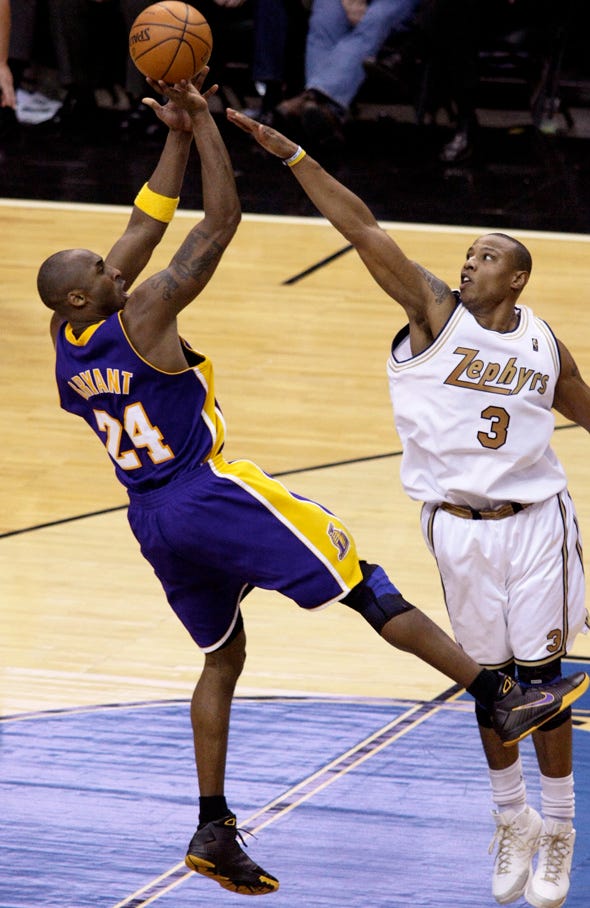# Rethinking the Elbow in Tennis Serves: A New Perspective
Written on
Understanding the Myth
The advice to "lead with your elbow" is a widely recognized principle in tennis serving techniques. A quick online search will highlight this common coaching tip.
The accompanying image illustrates a moment where the elbow leads the racquet and forearm upwards towards the ball's contact point, as described by an expert coach from US Sports Camps. According to this method, achieving increased racquet-head speed requires the elbow to rise before the racquet during the serve. This upward movement creates torque, enabling the racquet to accelerate toward the ball.
While this theory appears sound and explains elbow movement relative to the racquet, the reality is that it often falls short in practice. In fact, adhering to this advice can lead to shoulder and arm injuries if followed persistently.
Having personally experienced this, I can attest to its drawbacks.
My Journey as a Tennis Player
As a competitive club-level tennis player, I continually sought to refine my skills, particularly my serve, which is arguably the most intricate stroke in racquet sports. Last year, I opted for private lessons with a well-regarded coach known for his powerful flat serve.
After analyzing my serve through slow-motion footage from various angles, my coach determined that I had a solid understanding of the fundamentals; however, my racquet drop needed significant improvement. This deficiency, termed a "shallow racquet drop," is common among recreational players, and the suggested fix was, unsurprisingly, to lead with the elbow.
Despite grasping the reasoning behind this advice, I found it challenging to implement. In trying to consciously feel my elbow, my motion became awkward and unnatural. I assumed that with enough practice, I would adjust. Unfortunately, that wasn’t the case.
After four weeks of attempting the "elbow lead" motion, I not only disrupted my serving rhythm but also developed shoulder and elbow pain that I had never experienced before. I decided to take a break from tennis to allow my body to heal.
During this downtime, I consumed countless YouTube videos on serving techniques, trying to pinpoint my errors, but found no clarity.
A Surprising Realization
One day, while enjoying a basketball game with a friend—a sport I loved before tennis—I had an epiphany while attempting a fadeaway shot.
The connection between that basketball move and my tennis serve suddenly clicked.
Description: This video offers insights on fixing your elbow position to enhance your tennis serve speed.
It dawned on me that it wasn’t about the elbow; rather, it was the backward bend of the upper back that could lead to a deeper racquet drop. Within minutes of making this connection, I rushed to the tennis court and, after about half an hour of practice, I mastered this new approach. The improvement was remarkable—it felt effortless and powerful.
Revisiting the Concept
Now, looking back at the earlier image, my previous focus on the elbow had obscured the obvious truth. Observe how the upper body bends backward, which naturally places the elbow in the leading position while allowing for a deeper racquet drop.

It’s clear that the "lead with your elbow" advice stems from extensive analysis of top players, and while it is true that an elevated elbow corresponds with a lowered racquet, the relationship is one of correlation, not causation. Both are influenced by a combination of shoulder rotation and upper back bending.
Key Takeaways
- If you’re a tennis player looking to enhance your racquet drop, experiment with bending your upper back to achieve the desired depth for your serve.
- Insights can emerge from unexpected experiences. Switching activities or perspectives may reveal solutions that were previously obscured.
- Remember that correlation does not imply causation; connecting ideas doesn’t always mean they are linked correctly.
The Importance of a Holistic Approach
Description: This video explains how to properly bend the elbow in your tennis serve for optimal technique.
Through this experience, I learned that sometimes the most effective solutions come from reevaluating our approaches and understanding the underlying mechanics of our movements.